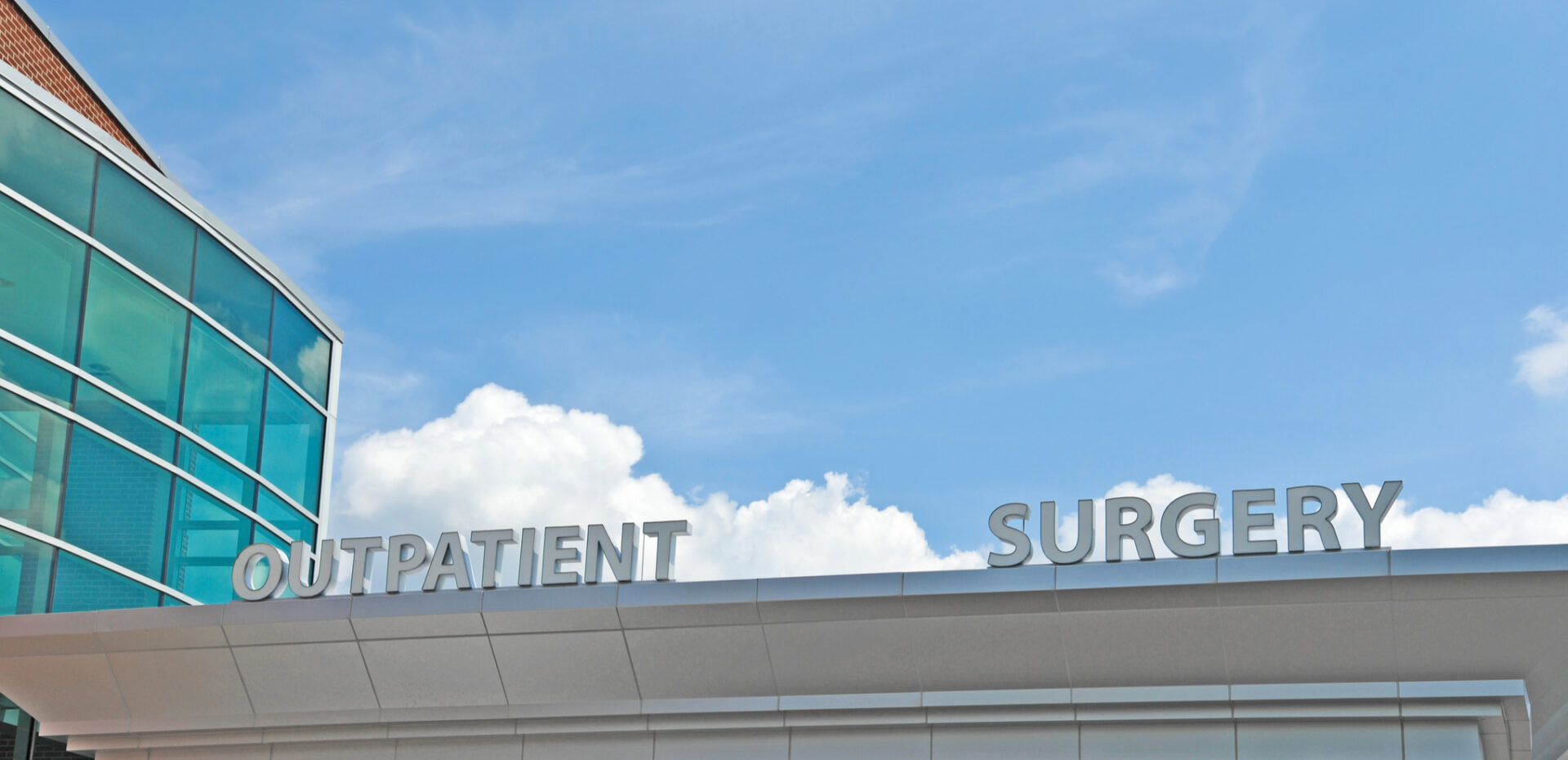The one constant during this national crisis is change. For the medical community, change carries with it new questions and concerns within the scope of finding ways to coexist with the pathogen.
Our new reality continues to affect lives and livelihoods. And as more states start to partially reopen and lift lockdowns, uncertainties and challenges remain. As we figure out what is practical and what isn’t for going back to business, data reveals how COVID-19 led people to avoid medical services. Healthcare spending declined at an annualized rate of 18 percent in the first three months of the year, reports the Washington Post. Plus, the onslaught of COVID-19 resulted in more than 200 hospitals having to furlough clinical and non-clinical personnel. In March alone, NBC News reports that nearly 43,000 medical workers lost their jobs.
The Coronavirus pandemic forced hospitals to cancel elective surgeries, which resulted in upset and anxious patients. With it came a major strain of lost income for hospitals and the healthcare industry. The dynamics of the virus will create more change in the weeks and months ahead. There are plenty of burning questions, but let’s start with this: What’s next?
Inching Back Toward Routine Operations
Upwards of 36 states across the country are now lifting (or considering lifting) restrictions on elective surgeries as hospitals reopen critical services in a limited capacity, according to the American College of Radiology (ACR) and the Ambulatory Surgery Center Association (ASCA). State-by-state decisions provide elective medical procedure guidance. A return to elective surgeries could mark the difference between keeping financially strapped hospitals running, or not. The goal to return to routine operations and other procedures — including medically necessary courses of action such as cancer diagnostics and cardiac issues — is the next step for certain counties and hospitals where significant risk of a COVID-19 surge is not imminent, or where federal guidelines have been met with a 14-day exponential decrease in diagnosed new cases and flattening of the curve.
What’s Happening Now
New York’s hospitalization rate is basically flat as of May 5th. New York hospitals were given the green light for elective outpatient procedures by Gov. Andrew Cuomo at the end of April, provided they maintain adequate bed capacity for the COVID-19 response and if the hospital capacity is over 25 percent for the county, and if there have been fewer than ten new hospitalizations of COVID-19 patients in the county over the past ten days. As a snapshot of how COVID-19 is handled county by county, in Niagara County in New York state, it has been reported that in addition to the typical procedures that need to take place prior to the actual operation, patients must now test negative for the Coronavirus within three days of their appointment, according to WBEN News.
Another state where restrictions were lifted on April 22nd is California. Using a judicious approach to restarting surgery units without overloading the system, according to Gov. Gavin Newsom’s office, hospitals are now able to perform non-emergency surgeries and procedures such as tumor removal, heart valve replacements and preventive care services such as colonoscopies. “These are surgeries that are not only scheduled, but essential,” said Gov. Newsom. “Tumors, heart valves — the need for people to get the kind of care that they desire. If it’s delayed, it ultimately becomes denied. If it’s delayed it can become acute.”

Redefining Ground Zero
It is coming to pass that America’s hospitals are ground zero during this crisis. Hospitals, healthcare systems and providers are maintaining their highest level of clinical judgment. Keeping up to date with what’s happening in local communities with disease incidence is relevant to help guide everyday actions and decisions.
How the medical community and states go about the process of lifting restrictions has to be methodical and certain. The team at Hayes Locums is spending time talking with our hospital and healthcare system clients and our providers to understand what they are going through, and to see how we can help. We are staying in the know about what’s needed right now. The conversations we’re having are not easy ones.
What will reopening for non-emergency procedures look like and what is it going to take as we regain our so-called ‘new normal’ footing?
“These are surgeries that are not only scheduled, but essential.”
- How ready are facilities? To perform elective surgeries, hospitals and healthcare systems must be able to do so without fear of depleting hospital capacity of personal protective equipment (PPE) and other equipment needed to combat the COVID-19 pandemic.
- What is being done to instill patient confidence and trust? How will patients be assured that hospitals are prepared to handle their elective surgery or other procedures despite fears of COVID-19?
- How will hospitals and healthcare systems deal with the risks? What are hospitals planning to do to conduct elective surgeries without undue risk to the current or future health of the patient?
- How will COVID-19 malpractice suits be handled? What protective measures are in place if patients who risk having an elective surgery threaten legal action against a hospital or healthcare system if they are diagnosed with COVID-19 post surgery?
Patient Confidence Levels
The shift from elective surgeries being closed to now being open creates a new paradigm: Hospitals now face the difficult task of balancing patients’ needs with safety and equipment requirements. A Pew Research Center survey conducted in late March of this year indicated that the U.S. public was generally confident that hospitals and medical centers would be able to care for seriously ill people during the outbreak. And yet, anxiety about COVID-19 is real. Some people are avoiding going to the ER because they are scared to catch COVID-19. It’s likely that some of us even have anecdotal evidence about friends or neighbors to back that up.
One of the consequences of COVID-19 and stay-at-home orders has been that patients are facing dire health consequences because they’ve ignored symptoms and signs. “Heart attacks don’t stop. If people are avoiding hospitals out of fear, it could have long-lasting public health consequences,” reports CNBC. “We’re possibly going to see a blip in other disease entities as a consequence of doubling down on COVID-19.”
How long will it take to fully understand the consequences? Delays to go to the hospital for real health emergencies — from chest tightness to mini strokes — have potentially resulted in care gaps and what could have been the difference between life and death.
The obvious goal now is to find a solution to shift the fear perception — as states lift restrictions — in order to continue to provide patient care, save lives and ultimately also save hospitals, healthcare systems and provider livelihoods.
Hayes is Here to Help
As we work through this challenging situation together, the team at Hayes Locums is committed to helping our providers. We will continue to follow the changes and share our knowledge to help you navigate the complexities and impact of COVID-19 and beyond.





